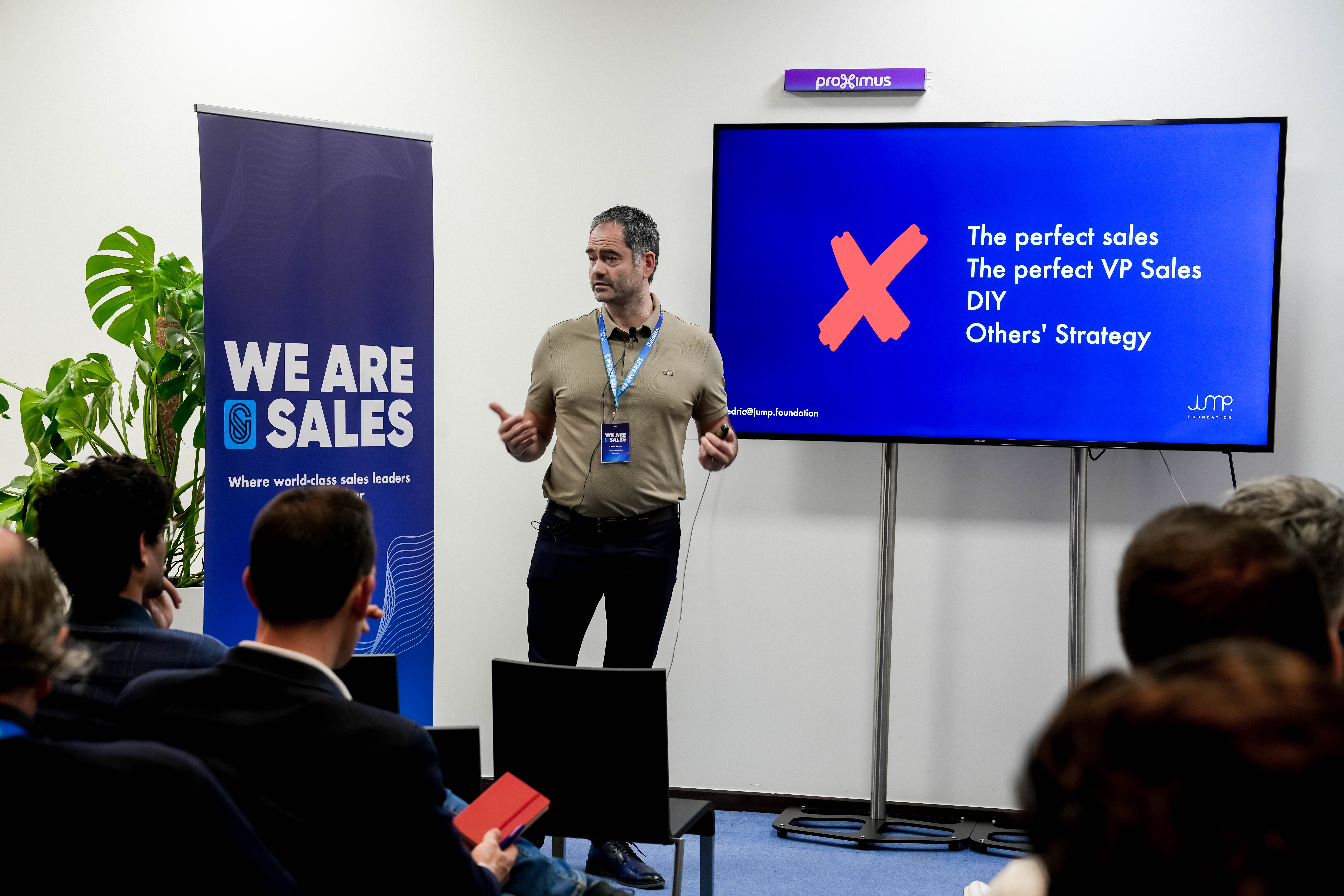Share:
6 Core Principles for revenue leaders to build a world class pipeline, and take the stress out of pipeline reviews, forecasting and QBRs


Cedric Royer
Founder @ Jump Foundation
“There are pipelines with 11 stages and above, but the consensus here is that 4, maximum 5 stages is enough. When people use more stages, I see there is some confusion between an activity and a stage.”
In this article we won’t cover reverse engineering, managing activity level, gap planning, data driven behaviour or other operational aspects. This article covers the principles of a world class pipeline.
Let’s start with the basics. How do world class pipelines look like? I used to think that the key was to have a pipeline of 3-4 times the size of the quota, but there are other elements. While a pipeline should be a multiple of the quota, quality trumps quantity, and this translates in the following quality principles.
4 Quality Principles of world class Pipelines
1. The Right Customer with the Right Opportunities
- Your pitch and use cases match the challenges of your ideal customer profiles,
- you know their challenges,
- you know you can help them, and
- you know there is a more than reasonable chance to close them
CREATE A CUSTOMER PROFILE
MAKE A CORE TARGET LIST
FOCUS
2. Spotless Documentation
3. Movement of the Opportunities
4. Balance in the Sales Stages
- Do you have a healthy stream of new opportunities entering your pipeline? (the amount depends on your environment, and should in any case be enough to replenish your closed opportunities. If you close 1 per month, and lose 3 others, then you’d need to add at least 4 new opportunities during that month, to maintain a healthy level of opportunities.
- Do you have a regular amount of opportunities that you win (is your conversion rate equal or higher than your organisation’s or better, than similar market players?)
Now that we have covered the quality principles, let us take a look at the implementation principles.
2 Implementation Principles
Before we go deeper in the implementation principles, let us look at the number of sales stages. There are pipelines with 11 stages and above, but the consensus here is that 4, maximum 5 stages is enough. When people use more stages, I see there is some confusion between an activity and a stage.
Uniform Methodology
PACT, BANT or even the 3 Why’s are good mid market methodologies, and MEDDPICC is a brilliant enterprise grade qualification methodology.
Implementing the 3 Gs
- It makes your pipeline much more solid. No second guessing why a certain opportunity is in a certain stage.
- It creates a consistent way across your organisation to work opportunities.
- It helps you covering all the bases in the opportunity, on all the different levels, ranging from time, to scope, to contact people, to expectations, processes and price,
- It helps you even more in building the right cadence, by better understanding why certain sales stages takes a certain amount of time, and when you need to spend more attention to certain stages to coach your sales reps on, or to investigate what is creating bottlenecks in what stages and how you can remove those,
- It prevents you from rushing the opportunity through the different sales stages since you need time to collect the gets, and share the gives. Short cuts don’t help!
